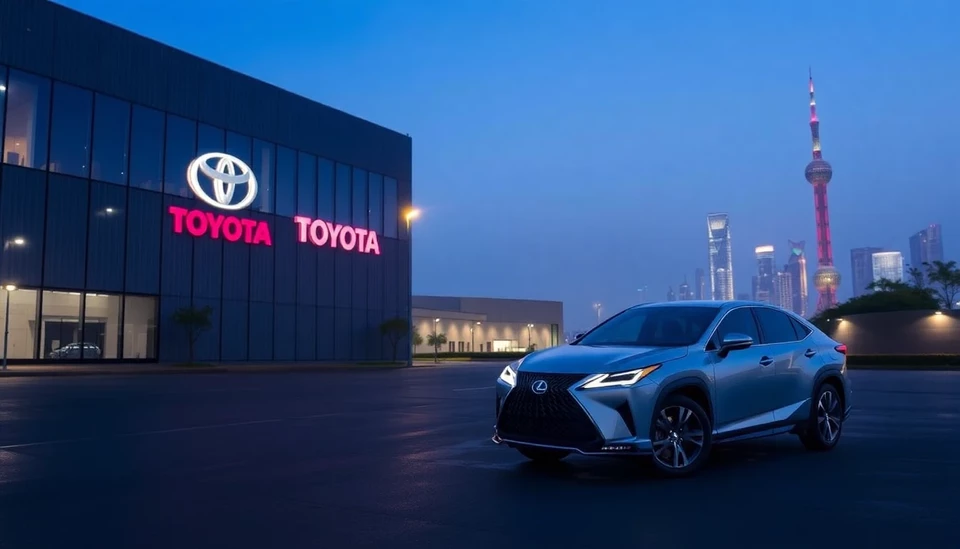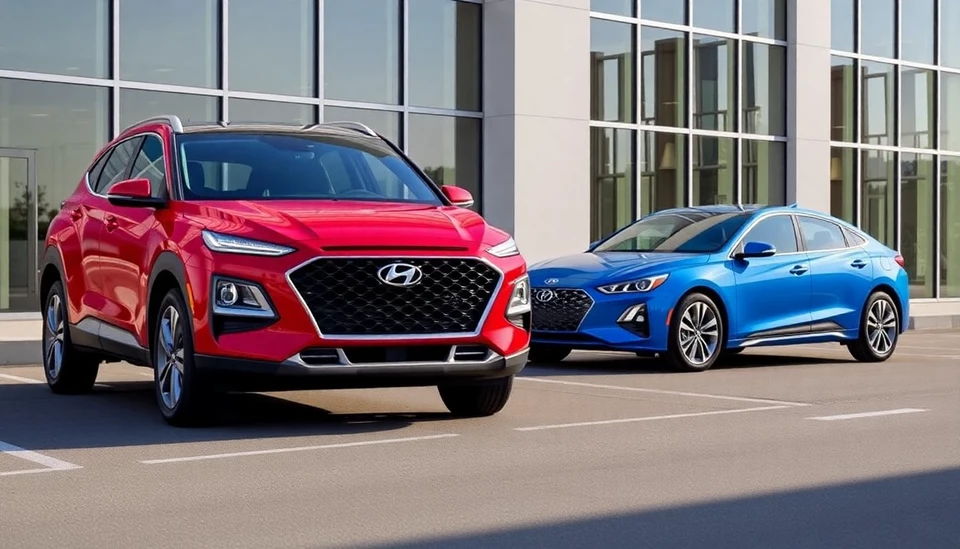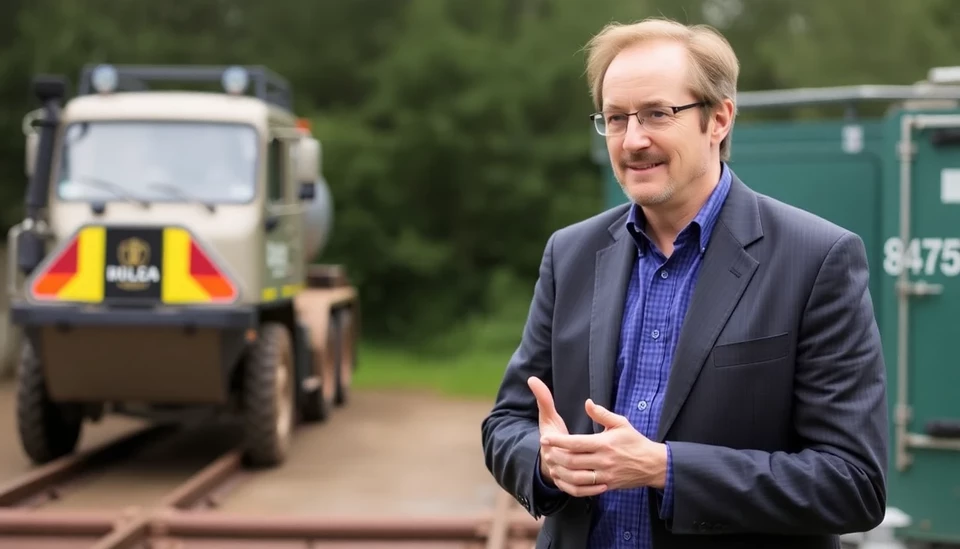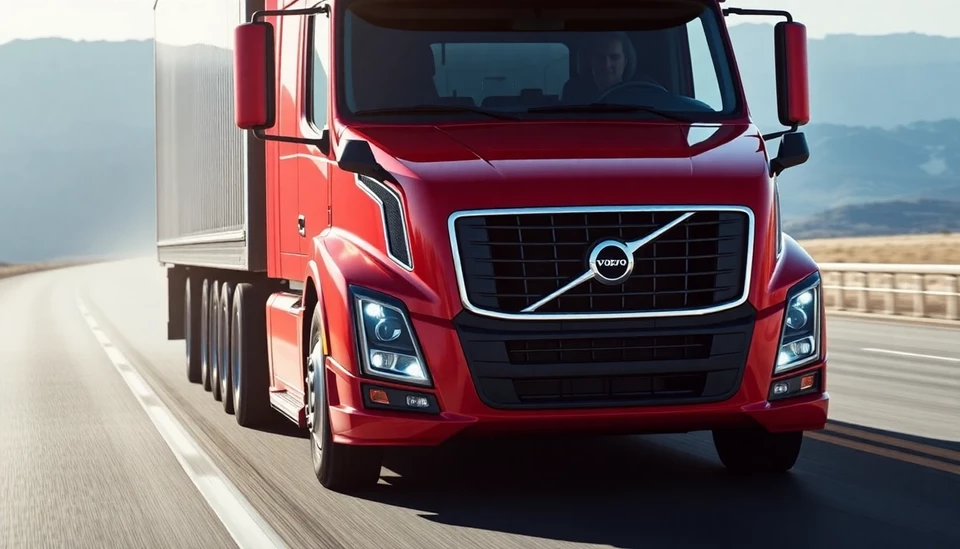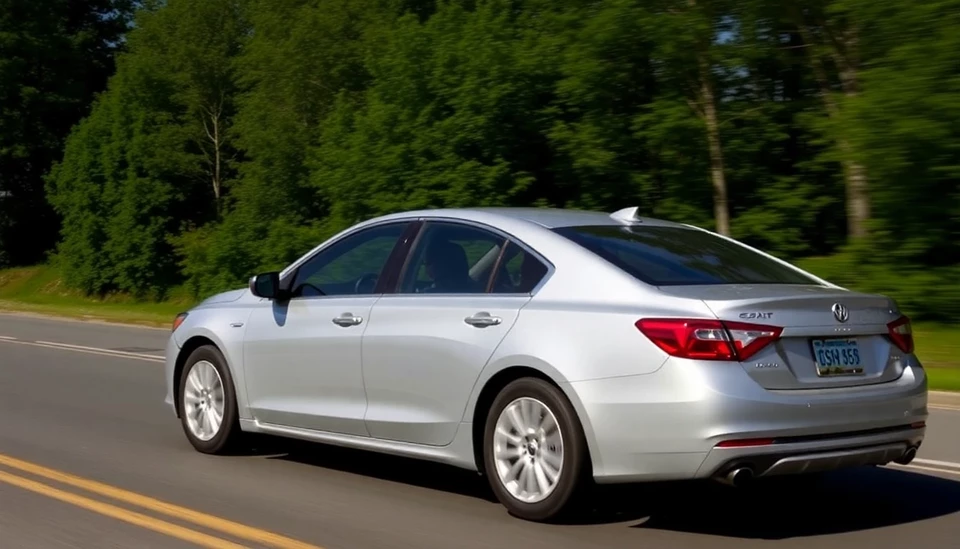
In a bold move highlighting the ongoing tensions between the automotive industry and regulatory agencies, major automakers have united in a call to repeal a proposed high-speed braking rule set forth by the Biden administration. This regulation is aimed at enhancing safety standards for vehicles operating at high speeds, a measure that manufacturers argue could hinder innovation and impose additional costs on consumers.
The proposed rule, which seeks to mandate advanced braking systems capable of responding efficiently under high-speed conditions, has sparked a heated debate within the industry. Automakers contend that such regulations could stifle competitive growth and push the price of new vehicles beyond the reach of average consumers. The benefits of developing high-performance braking technology may be overshadowed by the financial burden these regulations could impose.
As discussions unfold, leading automotive companies have stressed their commitment to safety. However, they argue for a more collaborative approach to regulatory measures—one that takes into account the fast-paced evolution of automotive technology. This includes the enhanced use of artificial intelligence and autonomous systems that already promise improved safety outcomes.
Industry experts are weighing in on the ramifications of these proposed regulations. They caution that while safety is paramount, overly stringent rules could deter investment in state-of-the-art technologies. Automakers are advocating for regulatory guidelines that allow flexibility, thereby fostering innovation while still prioritizing public safety.
The response from the Biden administration has been cautious yet firm. Acknowledging the concerns raised by the automotive sector, the administration emphasizes its focus on implementing safety measures that are both effective and practical. The rule's proponents argue that it is essential in minimizing the risks associated with high-speed driving, particularly in an era where speeding-related accidents are on the rise.
As the dialogue continues, it remains to be seen how the Biden administration will navigate this growing pushback from the automotive sector. The outcome may very well set a precedent for how safety regulations are crafted in the future and could significantly shape the landscape of the automotive industry in the United States.
The stakes are high as both sides prepare to present their cases in forthcoming public meetings and panels designed to gather feedback from stakeholders. The outcome of this discussion may be pivotal, not only for automotive safety policies but also for the broader trajectory of automotive innovation.
#AutomotiveIndustry #BidenAdministration #BrakingRegulations #VehicleSafety #Innovation #AutoManufacturers
Author: Samuel Brooks
